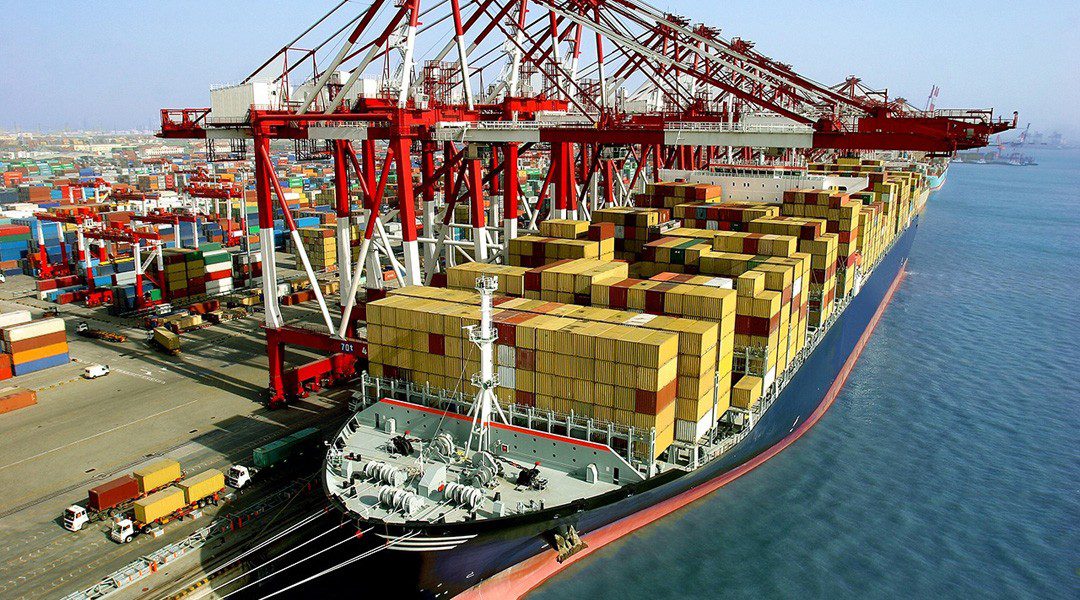High spot LNG prices are hurting importers across Asia, raising energy costs for the region’s economies, and prices will need to drop far below $20/MMBtu to incentivize buyers to return to the market, analysts, traders and industry executives said this week.
Even the recent drop in LNG prices was insufficient to bring Asian end-user demand back in a big way, and delegates at the World Gas Conference 2022 in South Korea said the market had switched strongly in favor of sellers in the near term.
LNG sellers and producers looking to boost sales dominated the conversation at the conference, while key buyers such as Japan, China and India maintained a low profile.
“Stabilizing energy prices is a top priority. The current LNG spot market prices are unacceptably high for buyers and the market volatility is very high,” KOGAS president and chief executive Chae Hee-bong said. “If the current situation persists for a long time, some experts say it will lead to demand destruction in emerging countries.”
He said the war in Ukraine has changed the dynamics of international cooperation and close cooperation is required to ensure energy security and market stability.
“I believe we will be able to revitalize the global gas market in the long-term by actively sharing energy market and project information, and jointly seeking ways to stabilize prices through inclusive energy supplies, joint purchases and swaps,” Chae added.
Asian spot LNG prices have been elevated since the fourth quarter of 2021 when energy shortages were spreading through the region, and hitting record highs of more than $80/MMBtu in early March due to the Ukraine crisis.
In April, spot LNG prices eased below $30/MMBtu and in the first half of May, spot prices for June delivery cargoes dipped below $20/MMBtu on some days as European LNG terminals slots filled up. The Platts JKM for July was assessed at $/MMBtu May 24, according to data by S&P Global Commodity Insights.
Asian LNG inflows
Shrinking demand among LNG importers means uncertainty around inventory restocking in North Asia in coming months, with more buyers sitting on the sidelines waiting for prices to fall, increasing the possibility that Asian LNG inflows will continue to drop for the rest of 2022.
The share of US LNG exports to Asia dropped to less than 25% on average for the first four months of 2022, with most US LNG heading to Europe. This is the first time the share has been this low for four consecutive months; for most of 2021 Asia accounted for around 50% or more of US LNG exports.
This means Asian importers will have to compete on price to be able to bring these volumes back, rather than wait for prices to drop to bring demand back. This leaves little opportunity for price sensitive buyers in South Asia to respond to price signals, executives at the conference said.
LNG importers in South Asia had pulled back significantly from spot procurement, needing prices to drop for a sustained period before returning to the market amid volatility concerns, they said.
Separately, a representative with a Southeast Asian utility said suppliers were offering at levels the LNG market had not seen in decades and any immediate procurement was being jeopardized.
In 2020, some companies were complacent and thought the spot market was much deeper than it actually was, and now that supply is getting tight, the market is seeing Asian nations and companies in particular focused on energy security, which is underpinning discussions with customers, Meg O’Neill, chief executive at Woodside Energy, told reporters May 25.
Wildcard China
“I think the big /unknown here is China, which is probably less price-responsive on the way back down as they were when prices initially rose,” Jeff Moore, Manager, LNG Analytics Asia, S&P Global Commodity Insights, said. “This is largely because they’ve really upped their coal production and they still have mobility restrictions in place (lockdowns).”
“We initially thought they might come back to the market at $25 but now it appears they probably wouldn’t unless prices were much lower,” Moore added. “We would probably have to see spot prices dip into the $16-$18 range before we start to get some stronger interest in South Asia.”
Moore said it was becoming more and more difficult to find places where strong spot procurement might come back, which at the end of the day, likely means more LNG volumes can continue to make their way to Europe.
A Chinese end-user said most of the market was adopting a wait-and-watch strategy, and there will be interest especially if prices fall below $18/MMBtu.
“We haven’t bought spot in a while. As prices are on a downtrend, we are waiting to see if it will reach a level that we are able to accept,” a second Chinese end-user added. “Still waiting for further price decreases at current levels.”






